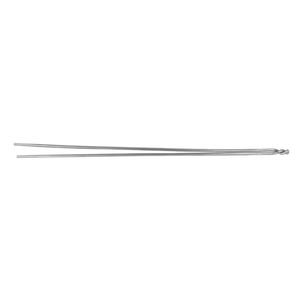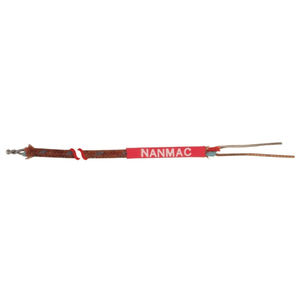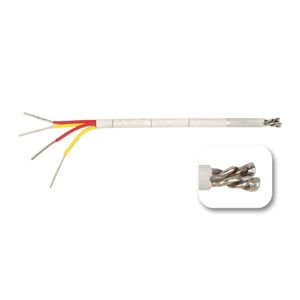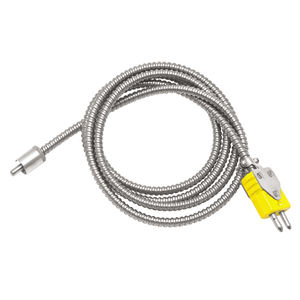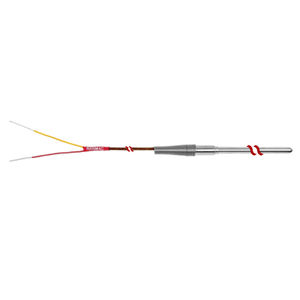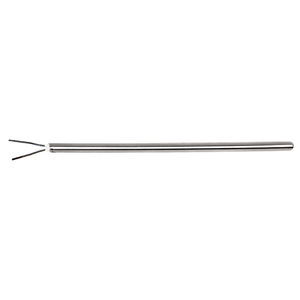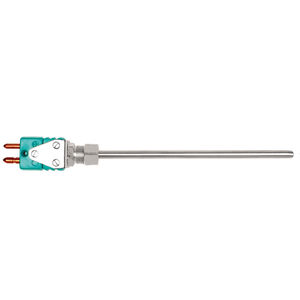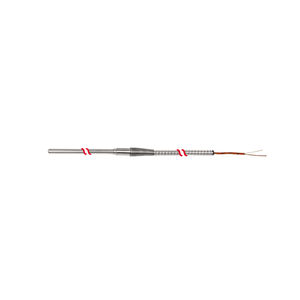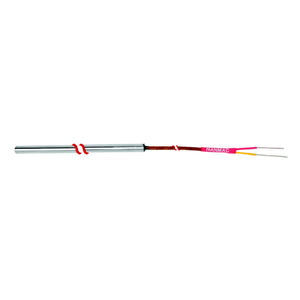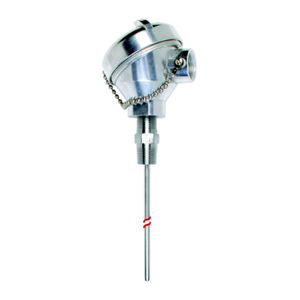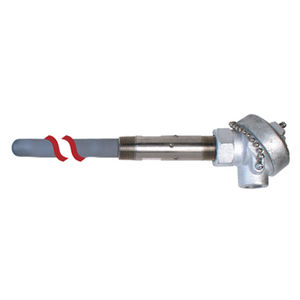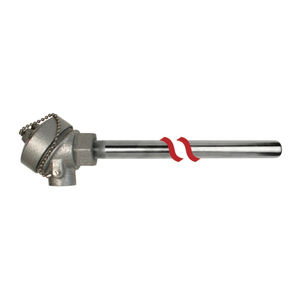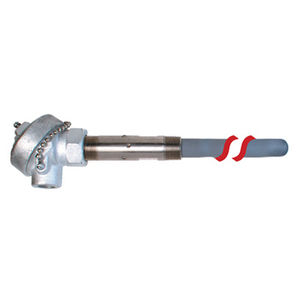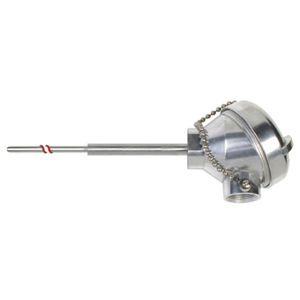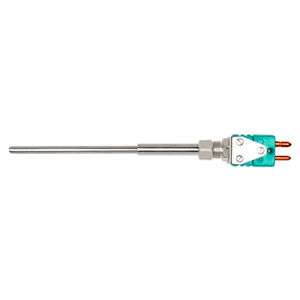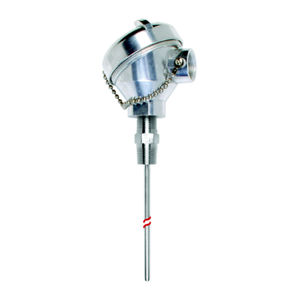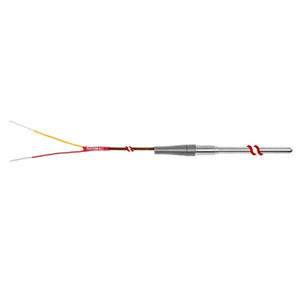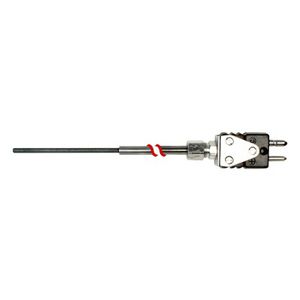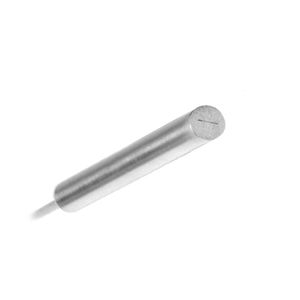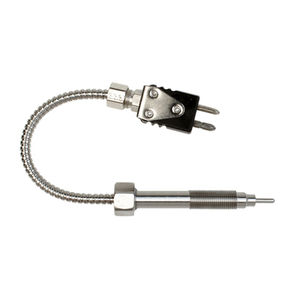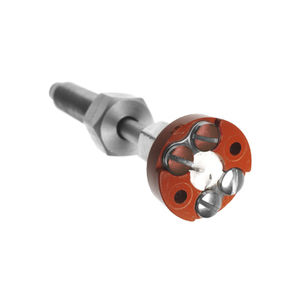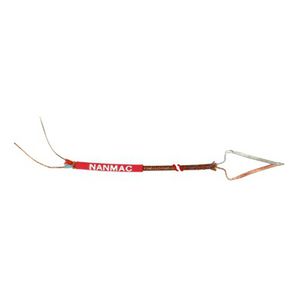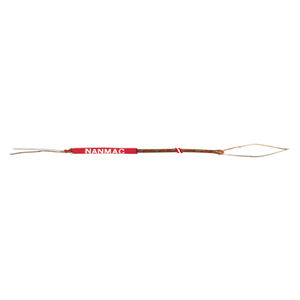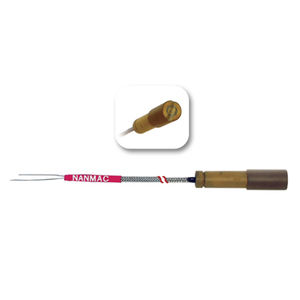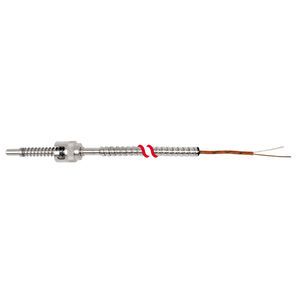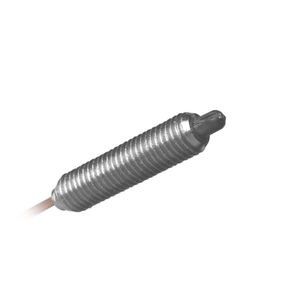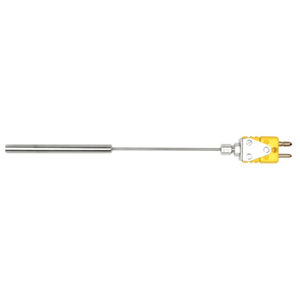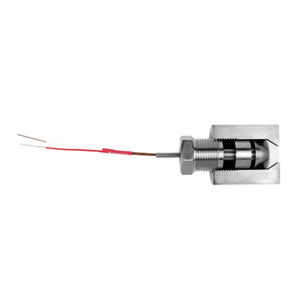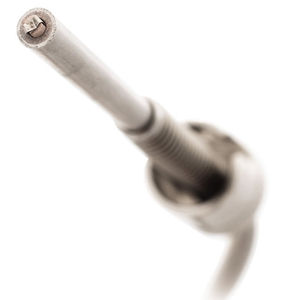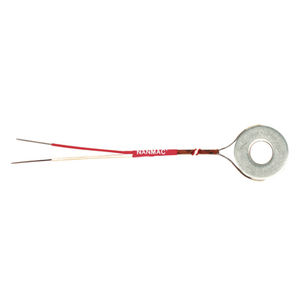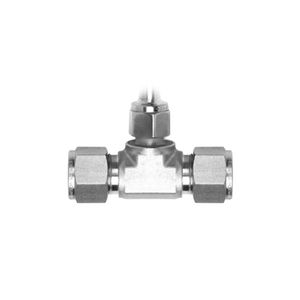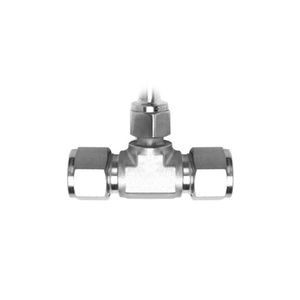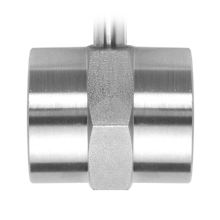
- Detection - Measurement
- Temperature and Humidity Measurements
- Thermocouple
- Nanmac Corporation
Thermocouple K6 Seriesstainless steelinsulatedflexible


Add to favorites
Compare this product
Characteristics
- Technology
- thermocouple
- Other characteristics
- stainless steel, insulated, flexible
Description
Electrical Feed-Thrus
for Thermocouples or Other Signals
K6 Series
Insulated electrial Feed-Thrus provide a read-to-use device, from two to twelve insulated electrical wires per unit. Having flexible insulated leads on the persure side and various connection options on the ambient side. These electrical sealing glands can also be used to carry electrical current upto 0.8 ampreres if desired. A wide choice of instrumentation feedtrough glands are availale for a variety of applications, including warious thermocouple calibrations, various terminatio styles, and configurations for the ambient side (lead wire, connectors, etc.)
Units are made with stainless steel glands and have either O-ring (OR series), pipe thread (A series), or conical (HP series) metal-to-metal seals. They can be rated for use from low vacuum to 20,000 psi and temperatures to 500 degrees Fahrenheit. All standard glands contain #24 gage (0.020”) AWG solid copper conductors inside an 1/8 inch diameter stainless steel tube. These copper conductors are insulated from each other and the tube wall by a high temperature ceramic. The 1/8 inch stainless steel tubes containing the copper conductors are flexible and can be bent to most any desired angle in a radius as small as 1/2 inch. The stainless steel tube provides excellent shielding for each pair of conductors against unwanted electromagnetic noise or stray voltage pickup. These tubes, when more than one, are staggered in length.
Catalogs
No catalogs are available for this product.
See all of Nanmac Corporation‘s catalogsRelated Searches
- Temperature probe
- Resistance temperature probe
- Thermocouple temperature probe
- Pt100 temperature probe
- Stainless steel temperature probe
- Temperature transmitter
- RTD temperature probe
- Threaded temperature probe
- Process temperature probe
- High-temperature temperature probe
- Process temperature transmitter
- Current output temperature transmitter
- Temperature probe with thermowell
- Thermocouple temperature transmitter
- Flexible temperature probe
- Probe head-mounted temperature transmitter
- Insulated temperature probe
- 2-wire temperature transmitter
- DIN rail mount temperature transmitter
- Programmable temperature transmitter
*Prices are pre-tax. They exclude delivery charges and customs duties and do not include additional charges for installation or activation options. Prices are indicative only and may vary by country, with changes to the cost of raw materials and exchange rates.


